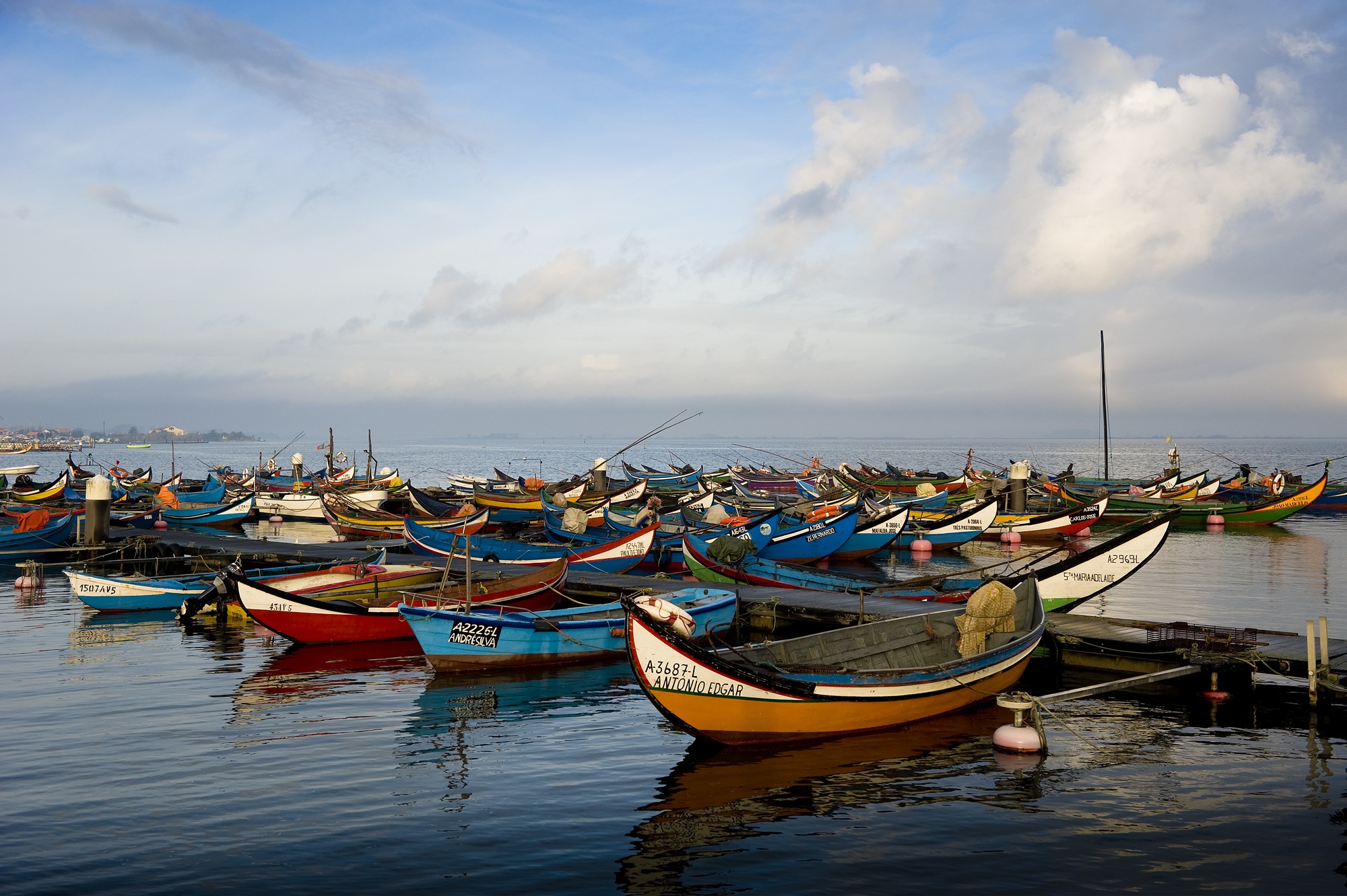Projects and priorities
EEA and Norway Grants
The EEA and Norway Grants represent the monetary contributions from Iceland, Liechtenstein and Norway. These funds are assigned to reducing economic and social disparities in Europe, and the strengthening of bilateral relations between Norway and the 15 EU countries that receive the grants.
The grants are used to fund projects within fields such as climate, environment, health, research and cultural heritage. The Directorate for Cultural Heritage is a partner of the EEA and Norway Grants, and has a responsibility to inform the Norwegian cultural heritage sector about the opportunities that can be found in the EEA and Norway Grants. Also, to provide guidance to Norwegian actors participating in cultural heritage projects.
Currently, there are seven countries that choose to prioritise cultural heritage and the Directorate for Cultural Heritage is a programme partner regarding all of the following:
- Estonia
- Lithuania
- Poland
- Czech Republic
- Slovakia
- Romania
- Portugal
Why cultural heritage?
There are several reasons why most countries that receive EEA and Norway Grants choose to prioritise cultural heritage.
Cultural heritage is an important resource for local and regional development. Cultural heritage projects, such as the reparation and maintenance of cultural heritage monuments and sites, can create jobs and contribute to increased tourism and beneficial business conditions. They also create social meeting places. The effect is particularly noticed in rural areas, which are often characterised by depopulation and unemployment.
Most countries that receive EEA and Norway Grants have large minority groups that possess valuable cultural heritage that they are proud of and that is important to safeguard. Highlighting minorities’ cultural heritage can also help to strengthen their place in the national community.
What type of activities are supported?
All activities that receive funding must directly or indirectly contribute to the first objective of the EEA and Norway Grants: to reduce social and economic disparities in Europe. Apart from that, there are few limitations as to what the grants may be used for. The cultural heritage projects are often related to the following topics:
- Management, conservation and restoration of cultural heritage
- Intangible cultural heritage
- Revitalisation of cultural heritage
- Documentation and accessibility of cultural heritage
- Dissemination and exhibitions
- Capacity building for cultural heritage actors
- Developing wider audiences and teaching activities

What does the Directorate for Cultural Heritage do?
The Directorate for Cultural Heritage facilitates European cooperation regarding cultural heritage through the EEA and Norway Grants.
Commissioned by the Ministry of Foreign Affairs, the Directorate for Cultural Heritage helps to design the programmes that deal with cultural heritage. The Directorate for Cultural Heritage also informs the Norwegian cultural heritage sector about the grants and assists and provides guidance to Norwegian actors who participate in project collaboration.
In addition, the Directorate for Cultural Heritage sometimes participates as a partner in EEA projects. During the previous period, the Directorate for Cultural Heritage participated in six projects funded by EEA and Norway Grants, and it will participate in a similar number during the current period.
In line with general developments in the cultural heritage sector, social benefits are a key factor within the EEA and Norway Grants. The programmes revolve around people and opportunities; cultural heritage provides people with opportunities and our task is to highlight and realise these opportunities. If we manage to achieve this, we will have made an important contribution to the goal of social and economic equality in Europe.

More information?
Send oss an email at eeagrants@ra.no

